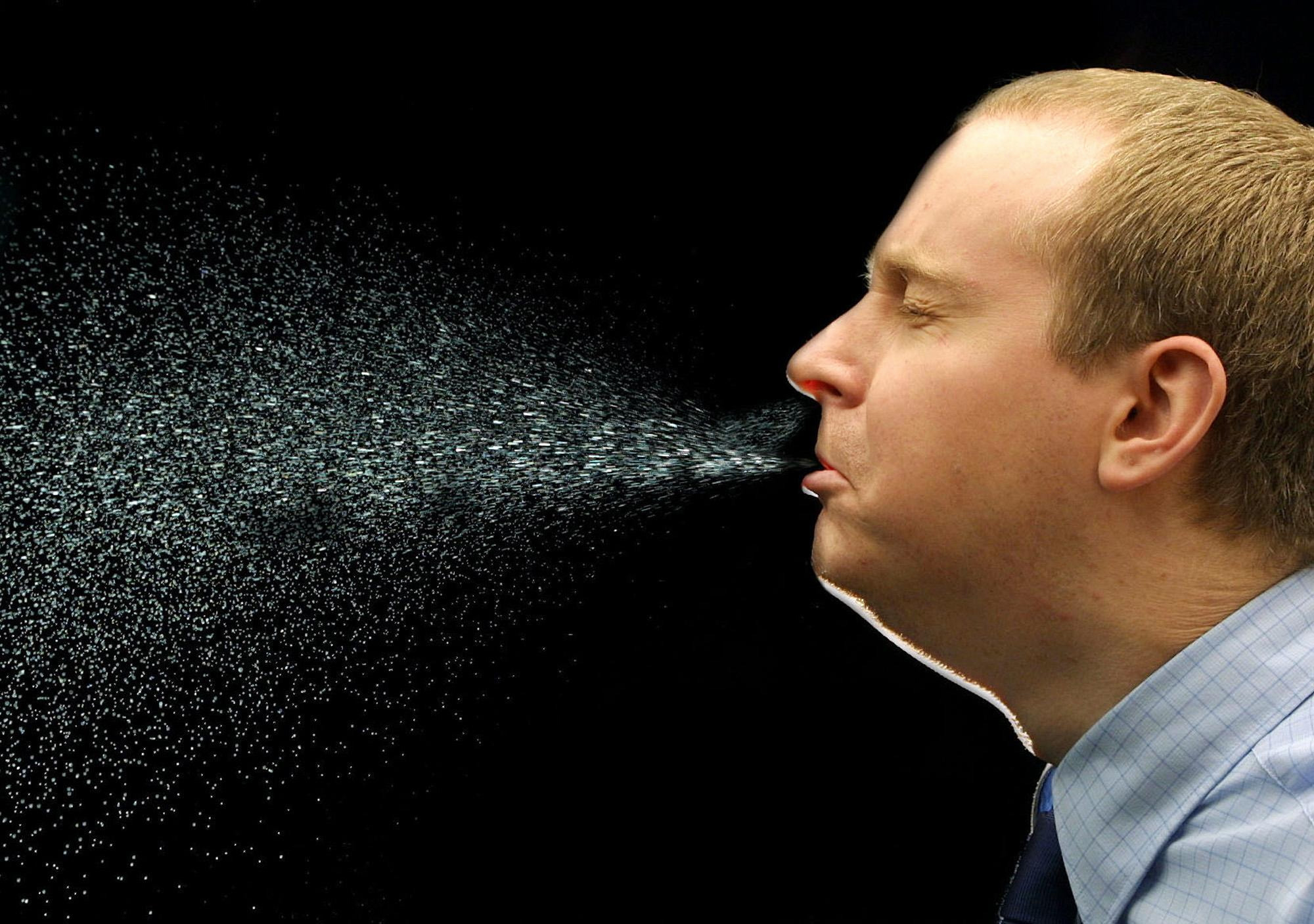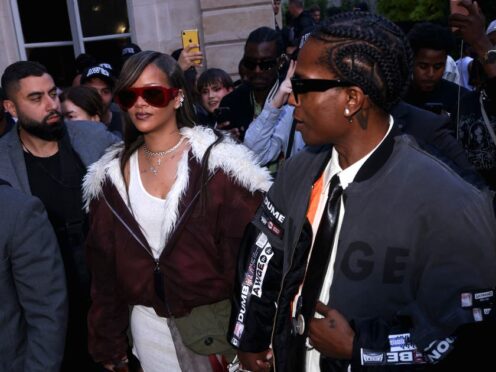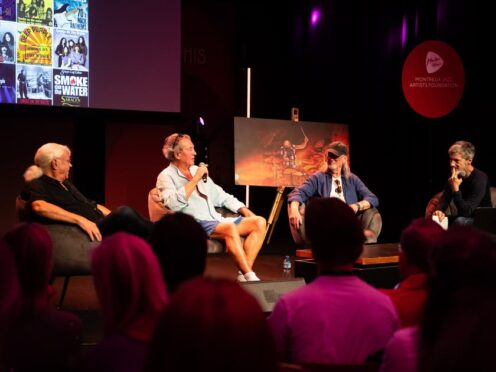Researchers are looking at whether the common cold could offer some protection against contracting Covid-19.
A recent study by scientists at Yale University found that rhinovirus – the most frequent cause of common cold – could jump-start the body’s antiviral defences, providing protection against the flu.
They discovered that the presence of rhinovirus triggered production of the antiviral agent interferon, which is part of the early immune system response to invasion of pathogens.
The researchers are now looking at whether introduction of the cold virus before infection by the Covid-19 virus offers a similar type of protection.
Dr Ellen Foxman, of the Yale School of Medicine, told the PA news agency: “The common cold virus triggers the normal antiviral defences of these cells that form the lining of the airway.
“So the cells that form the lining of the airway is where all these viruses need to go to grow.
“That includes flu, common cold, Covid-19 – basically all the viruses that you get by breathing them in, they all grow in this tissue that forms the lining of your airway.
“This response, the interferon response, which is this general defence mechanism against all viruses, we know that response does work against Covid-19.
“If you do the experiment in a lab, you can apply this chemical – interferon – to cells, then you can block the virus that causes Covid-19 as well.
“So it’s possible that we’ll see the same thing, but we’re just beginning to do the experiments.
“Sometimes you see unexpected things happening.”










